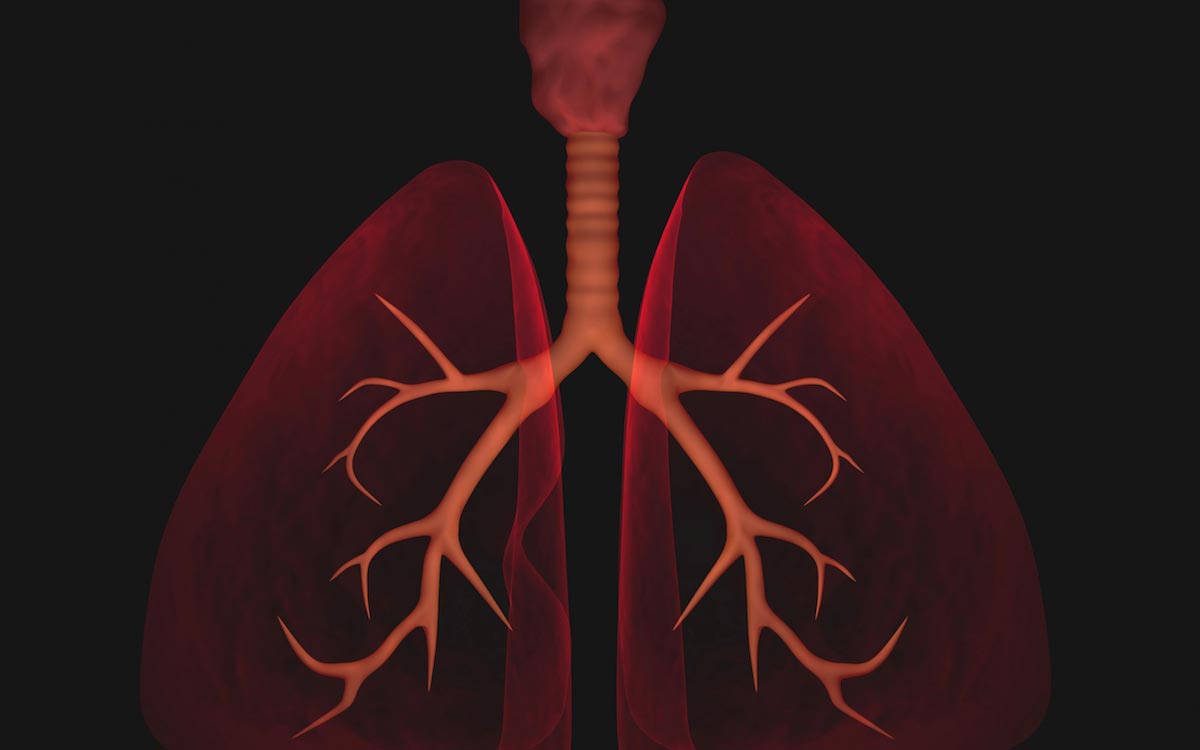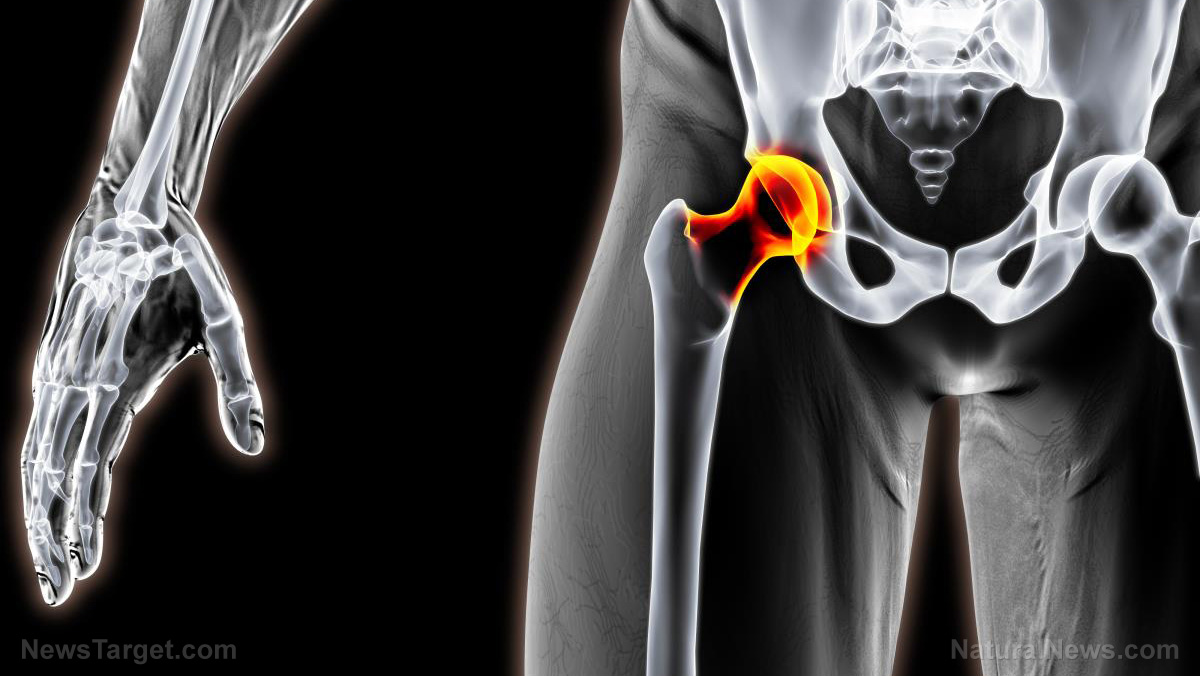Researchers develop new chemical separation method that could pave the way for faster purification of elements, potential cancer treatment
04/01/2020 / By Franz Walker

Separating elements, especially some of the rarer ones used for certain medical treatments, can be a time-intensive and painstaking task. A recent study, however, promises a faster and more efficient method of separating elements – one that may help obtain a rare isotope that shows promise in cancer treatments.
Researchers at the Department of Energy‘s (DOE) Berkeley National Laboratory (Berkeley Lab) have developed a new method of separating elements that’s more efficient that current ones. This new promises to speed up a number of processes for which elemental separation is used for, one of which is the extraction of actinium-225, an isotope that can kill cancer cells without hurting healthy ones.
Fighting cancer with actinium-255
Actinium-255 is an isotope of the element actinium, which is a variant of the latter with a slightly different number of neutrons, resulting in a different mass number (in this case 225) than regular actinium.
What makes actinium-225 so exciting for cancer treatment is that it’s an “alpha emitter.” These kinds of elements emit alpha particles at high energies, which are quite effective at breaking DNA strands. More importantly, it does so at only very short ranges, barely over a few cells in diameter. This makes it ideal for targeting cancer cells without necessarily hurting healthy cells.
To add to that, actinium-225 has a 10-day half life, meaning it takes 10 days for half of the actinium-225 particles to decay. This makes it ideal for use within the body as it lasts long enough for it to kill cancer cells, but short enough that it’s completely gone after a few months.
Despite actinium-225’s promise as a cancer-killing element, its rarity makes it impractical to use. As such, creating actinium-225 involves using cyclotrons, which are particle accelerators that use magnetic fields to manipulate atoms. More importantly, the actinium-255 created in this manner is highly impure. Scientists have to go through a long, multi-step process to get pure actinium 225.
Creating pure actinium-225 in just two steps
While the current process of creating actinium-225 can take as many as 25 steps, the new chemical process developed at the Berkeley Lab could possibly reduce the number of steps to two. The main reason for this comes down to how the current methods can isolate many different kinds of elements. As such, specific chemical conditions must be met before specific elements, such actinium-225, are isolated.
For the new method, the researchers at the Bekeley Lab turned to a class of hyroxypyridinone (HOPO) chelators that were known for their high metal-binding selectivity. These molecules demonstrated a highly sought after combination of properties: an ability to be dissolved in water; a structure consisting solely of hydrogen, carbon, nitrogen and oxygen atoms; an ability to control metal oxidation states without reliance on other chemicals; a charge-based selectivity that’s very high; and an ability to withstand strong acids. By using these HOPO chelators, the new method can hone in and isolate specific elements, in this case actinium-225.
Other applications
The much more efficient creation of actinium-225 is only the first of many possible applications of this new chemical separation method. A number of other isotopes can also benefit from this.
“Our proposed process appears to be much more efficient than existing processes, involves fewer steps, and can be done in aqueous environments, and therefore does not require harsh chemicals,” said Rebecca Abergel, lead of Berkeley Lab’s Heavy Element Chemistry group. “I think this is really important and will be useful for many applications.”
One such element is plutonium-238. Unlike the atom bomb fuel plutonium-239, plutonium-238 is used to power long-distance space probes. This new, more efficient chemical separation method may help lower the cost of future outer space missions.
More importantly, the new method may help make the reprocessing of spent nuclear fuel much easier. This process currently uses methods similar to how isotopes like actinium-225 are extracted, to separate usable uranium or plutonium from spend nuclear fuel rods. Making this method cheaper and more efficient may lead to an overall reduction of both radioactive waste and mining for more nuclear fuel.
Sources include:
Tagged Under: actinium, actinium-225, anticancer, breakthrough, cancer cures, cancer treatment, chemical elements, Chemistry, discoveries, isotopes, radiotherapy, research




















